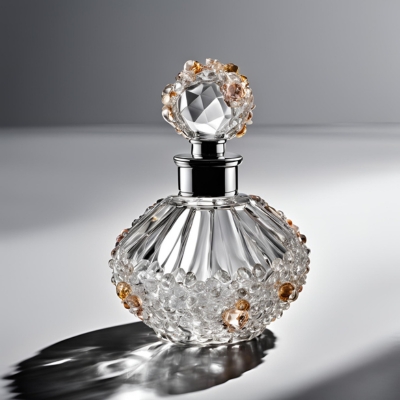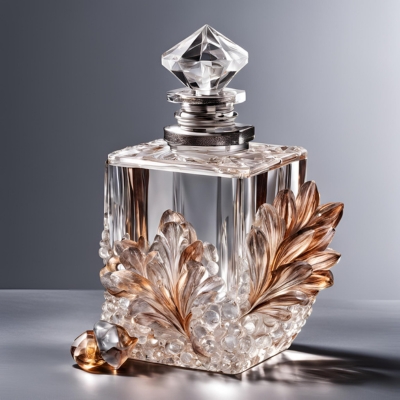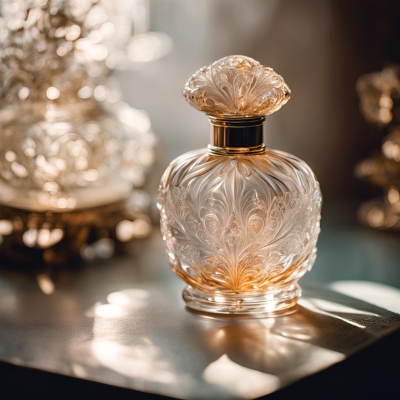DIY Perfume: Create Your Signature Scent at Home
The global perfume market is projected to reach over $48 billion by 2028. This immense growth highlights not just the popularity of fragrance but also the increasing desire for personal expression. Imagine walking into a room and instantly turning heads because of your signature scent, one that you crafted with your own hands.
Creating homemade perfume can feel like a hidden art. Picture yourself in a cozy corner of your home, surrounded by small bottles of essential oils and fragrant botanicals. With each drop you blend, you’re not only designing a scent but also infusing a piece of your spirit into every bottle. Whether you prefer a warm, musky aroma for an evening event or a light, floral fragrance for everyday wear, you’ll discover that DIY perfume allows for complete personalization. Ready to embark on this olfactory journey? Let’s explore how you can craft a beautiful, bespoke perfume right at home.

Understanding the Basics of DIY Perfume
What is DIY Perfume?
DIY perfume is the practice of blending various components to create a fragrance that reflects your personal style. This process usually involves the use of essential oils, alcohol, and other natural ingredients. You have the freedom to select oils that resonate with you, resulting in a scent that is entirely your own.
The Benefits of Homemade Perfume
Homemade perfume offers numerous advantages, particularly regarding your health and preferences. One of the main benefits of homemade perfume is the ability to avoid harsh chemicals present in many commercial products. Crafting your own fragrance allows you to choose skin-friendly components and tailor it to your liking, ensuring a safe and enjoyable experience.
Essential Ingredients for Your Perfume
Your journey into DIY fragrance begins with understanding the basic ingredients. A few essential components include:
- Carrier Oils: Jojoba or sweet almond oil to dilute the potency of essential oils.
- Essential Oils: Popular options include lavender, patchouli, and citrus oils — each contributing distinct character to your homemade fragrance.
- Alcohol: Ethanol is often used as a mixing agent to help disperse the essential oil perfume evenly.

Crafting Your Signature Scent
Once you understand the basics, it’s time to dive into the creative process of DIY perfume. A balanced fragrance typically comprises three distinct layers: base notes, middle notes, and top notes.
Choosing Your Base, Middle, and Top Notes
- Base Notes: Form the foundation of your signature scent. Examples include patchouli, sandalwood, and vanilla.
- Middle Notes (Heart Notes): Emerge once the top notes dissipate. Lavender, geranium, and rose are popular choices.
- Top Notes: Provide the initial impression. Consider fresh and light scents like bergamot, lemon, or eucalyptus.
Essential vs. Fragrance Oils
When selecting oils for your DIY perfume, you can choose between essential oils and fragrance oils. Essential oils are derived from plants, capturing their natural aromas and potential therapeutic benefits. Fragrance oils, on the other hand, can be synthetic or blended to mimic scents not easily obtained from botanicals. Understanding these differences allows you to customize a blend that best fits your preferences and the intended effect of your perfume.
Simple Steps to Make Homemade Perfume
Embarking on a journey of perfume making at home can be both fun and fulfilling. Follow these steps to create a homemade scent that reflects your unique personality.
Gathering Your Supplies
- Glass bottles (preferably dark to protect from light)
- Droppers to measure essential oils
- Measuring cups for accurate ratios
- Carrier oils or alcohol
- Your choice of essential oils
Creating Your Unique Blend
- Begin by selecting your desired base, middle, and top notes.
- Start with a few drops of each oil, then adjust ratios to find the perfect balance.
- Keep a record of your DIY perfume recipes for future reference.
Bottle and Store Your Perfume
Transfer your custom blend into a dark glass bottle and seal it tightly. Store your newly crafted perfume in a cool, dark place to maintain its longevity. Allow it to sit for a few days to let the scents meld and evolve together, enhancing the overall aroma.

Exploring DIY Perfume Recipes
Popular Essential Oil Combinations
Experimenting with popular essential oils can lead you to discover unique and exciting fragrance profiles. Here are a few ideas to get you started:
- Calm Blend: 5 drops of lavender, 3 drops of bergamot, and 2 drops of frankincense.
- Fresh & Invigorating: 4 drops of lemon, 3 drops of peppermint, and 2 drops of eucalyptus.
- Romantic Essence: 4 drops of ylang ylang, 3 drops of patchouli, and 1 drop of sandalwood.
Aromatherapy and Perfume
Aromatherapy principles align beautifully with DIY perfume. Many essential oils not only smell amazing but also offer mood-lifting or calming properties. By blending oils that resonate with your emotional needs, you can create a fragrance that supports your well-being.
By exploring the art of DIY perfume, you’ll discover a world of creativity and personalization. From understanding essential ingredients to experimenting with different notes, the process empowers you to create your signature scent and express your individuality. The benefits of homemade perfume extend beyond the pleasing aromas—it’s also a rewarding endeavor that connects you more deeply to the power of fragrance.
So gather your supplies, select your favorite oils, and start blending. Whether you’re aiming for a relaxing lavender-based perfume or a vibrant citrus creation, your DIY scent will be a testament to your own unique style and creativity. Enjoy the journey and the sweet smell of success!
Related Articles
The Captivating History of PerfumesHow to Choose the Perfect Perfume
Understanding Fragrance Families
Mastering Perfume Layering
Top Luxury Perfume Brands
Shop Perfumes on Amazon
